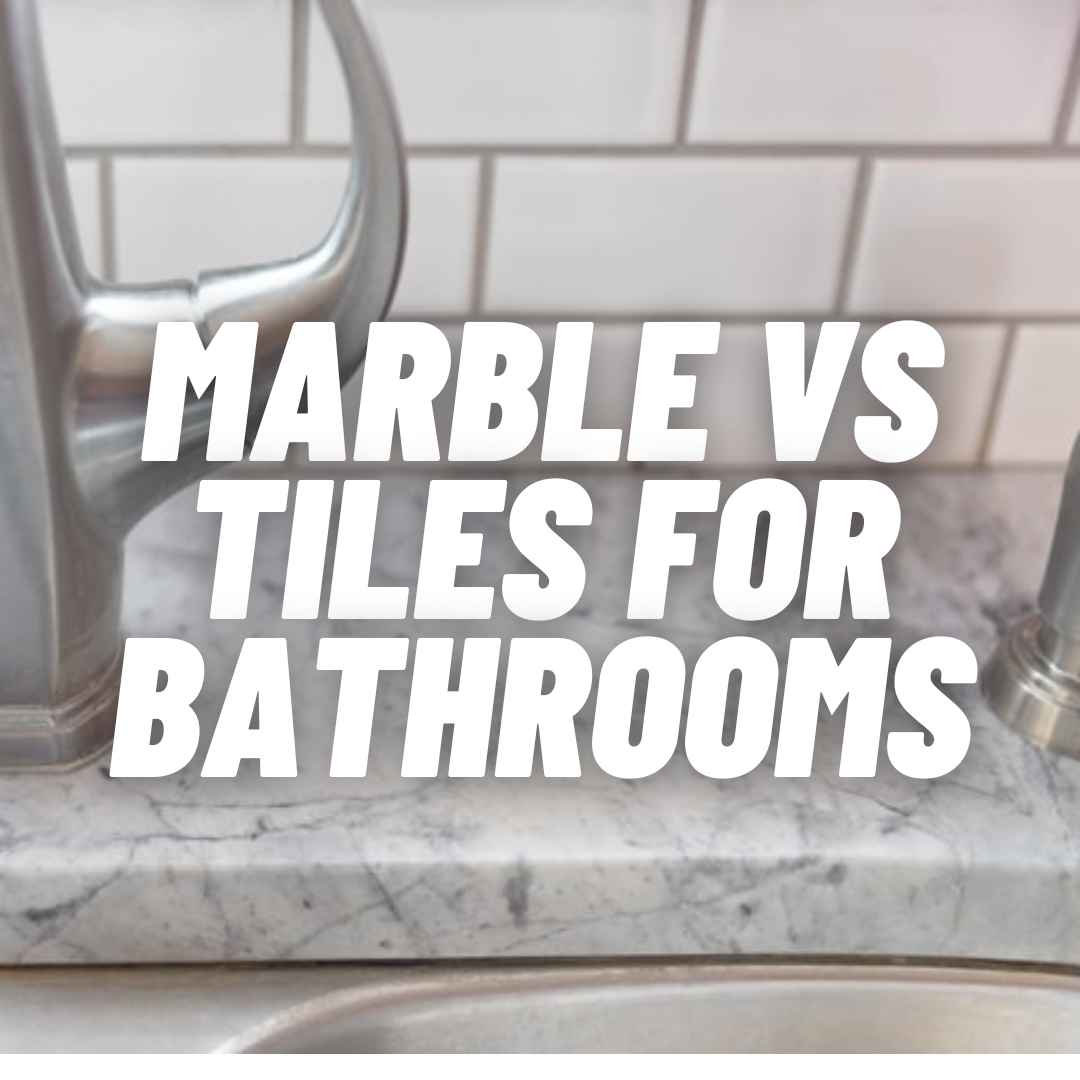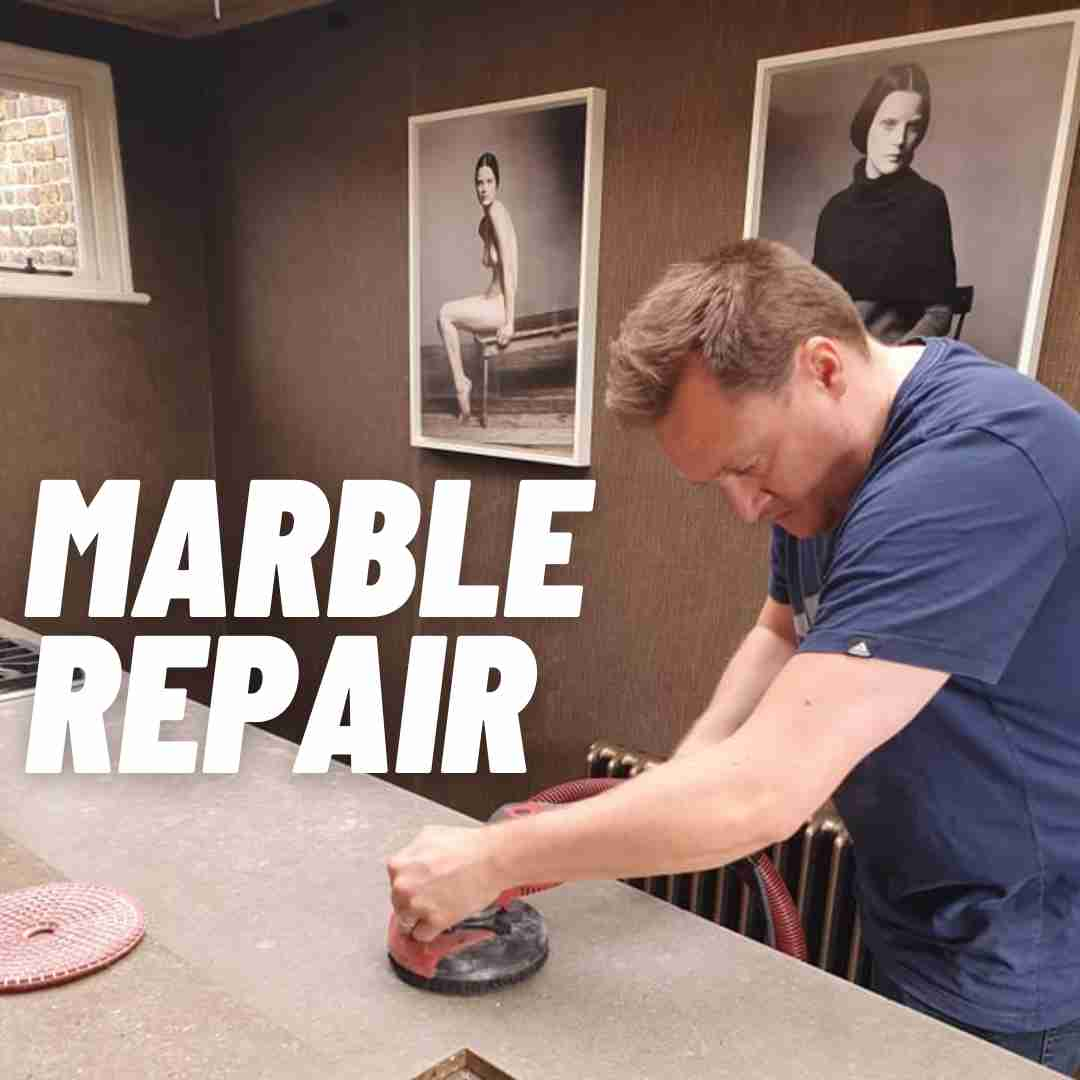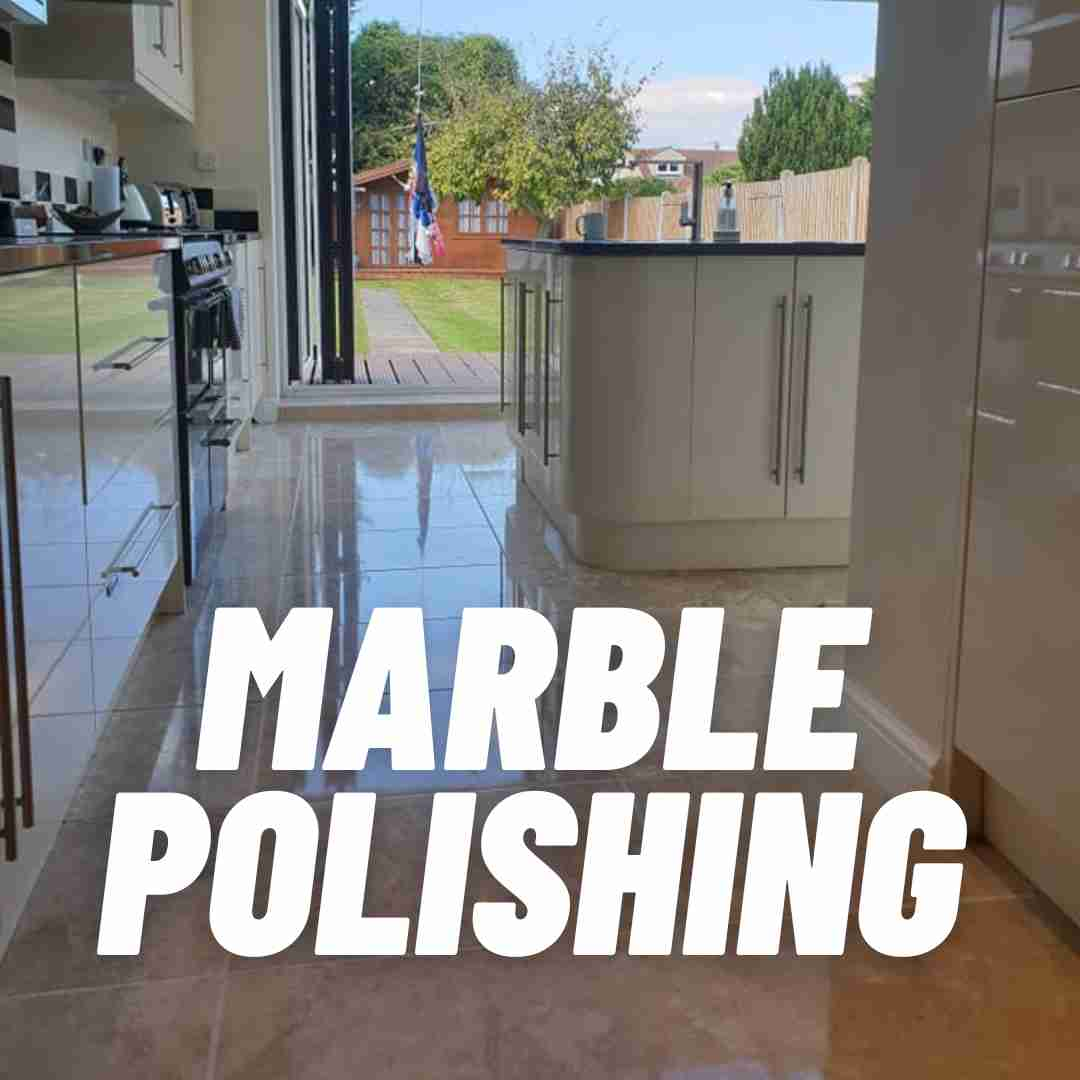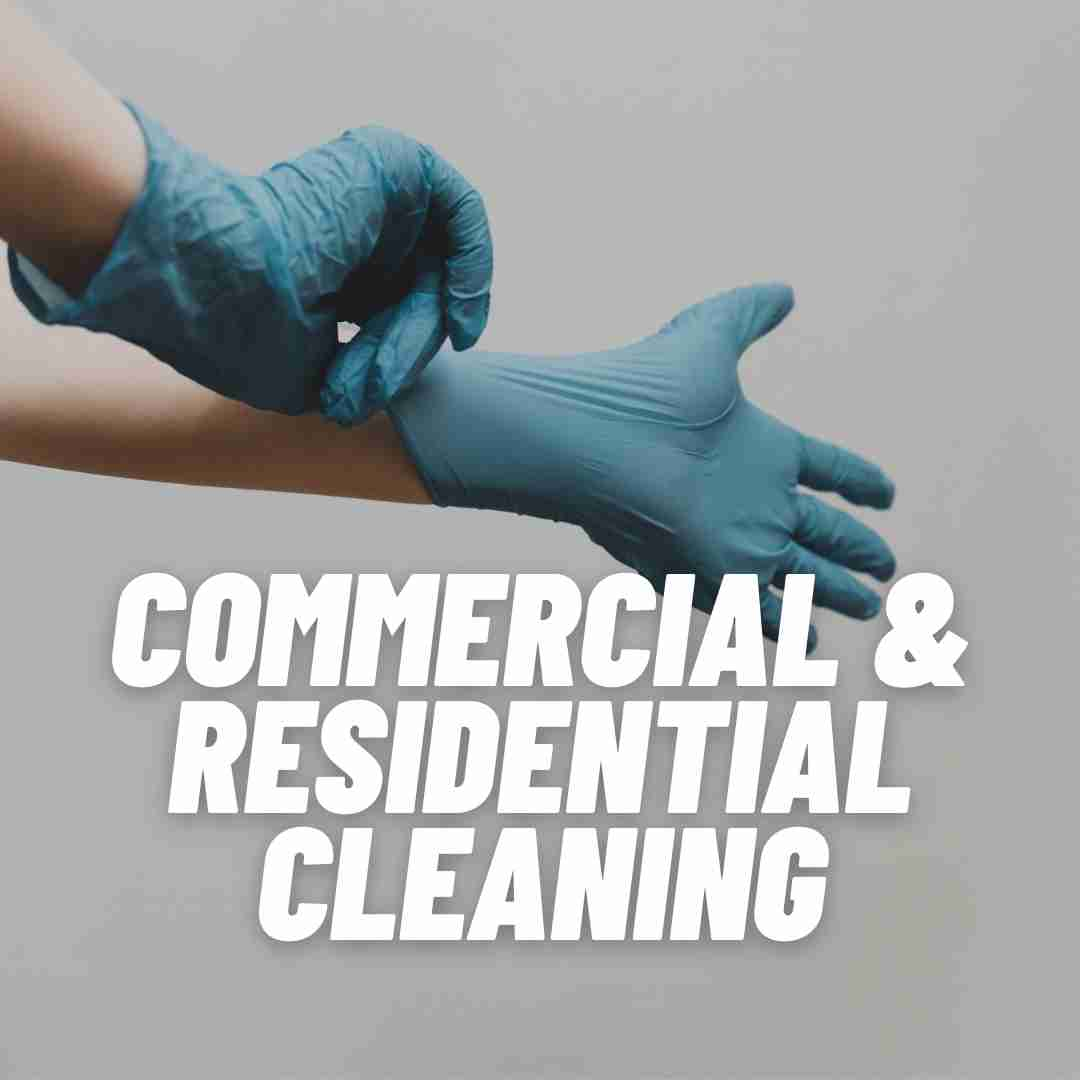MarbleMarble is a natural stone that is extracted from quarries. It is a non-renewable resource, and its extraction can have a significant impact on the environment. The process of mining marble can result in soil erosion, deforestation, and loss of biodiversity. Additionally, the transportation of marble from quarries to manufacturing facilities can contribute to air pollution and greenhouse gas emissions.
However, some marble suppliers are taking steps to reduce their environmental impact. They are implementing sustainable mining practices, using renewable energy sources, and reducing waste. As a result, some types of marble are now considered to be more environmentally friendly than others.
TilesTiles are typically made from ceramic or porcelain, which are both made from natural materials. However, the manufacturing process for tiles can also have a significant environmental impact. The production of ceramic and porcelain tiles requires a significant amount of energy and water. Additionally, the glazes used on tiles can contain toxic chemicals that can be harmful to the environment.
However, there are some eco-friendly tile options available. For example, some manufacturers are using recycled materials in their tile production, such as glass and porcelain. Additionally, some tiles are now being produced using renewable energy sources, such as solar power.
Overall, both
marble and tiles have environmental considerations that should be taken into account when making a decision about which to use in a bathroom. However, with the increasing availability of eco-friendly options, it is possible to choose materials that are both aesthetically pleasing and environmentally responsible.











